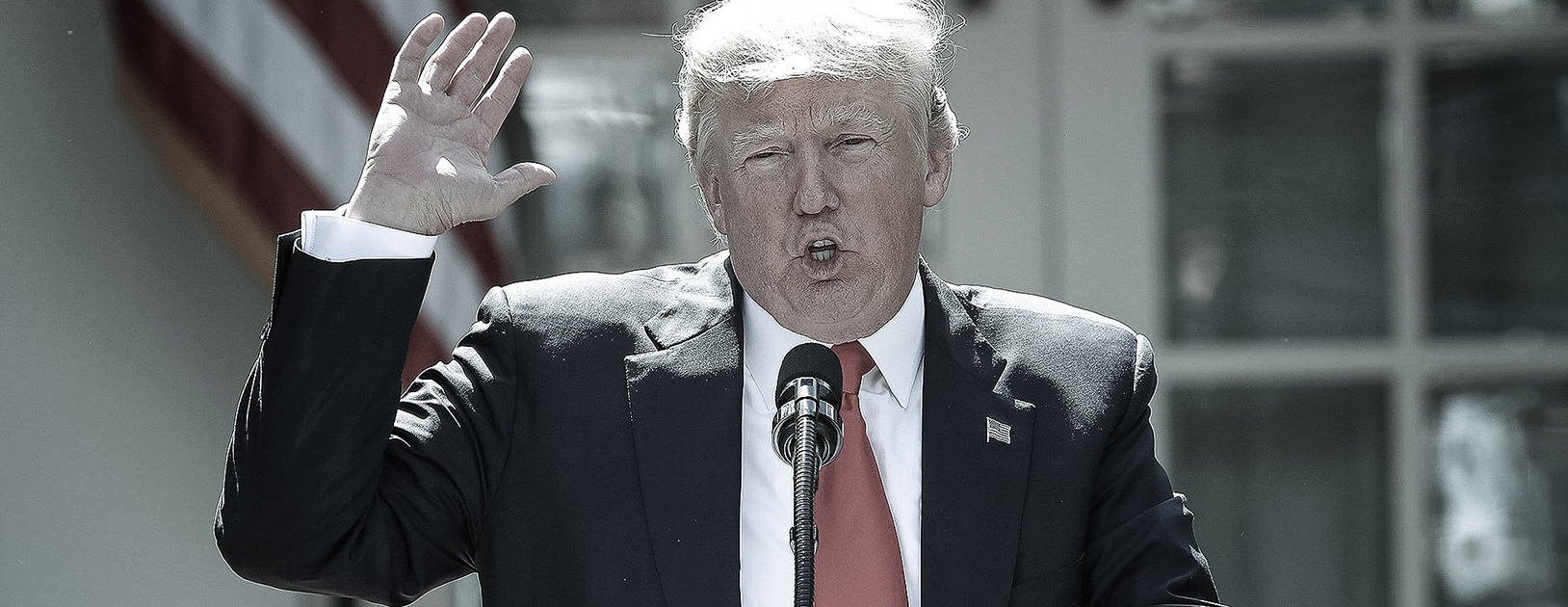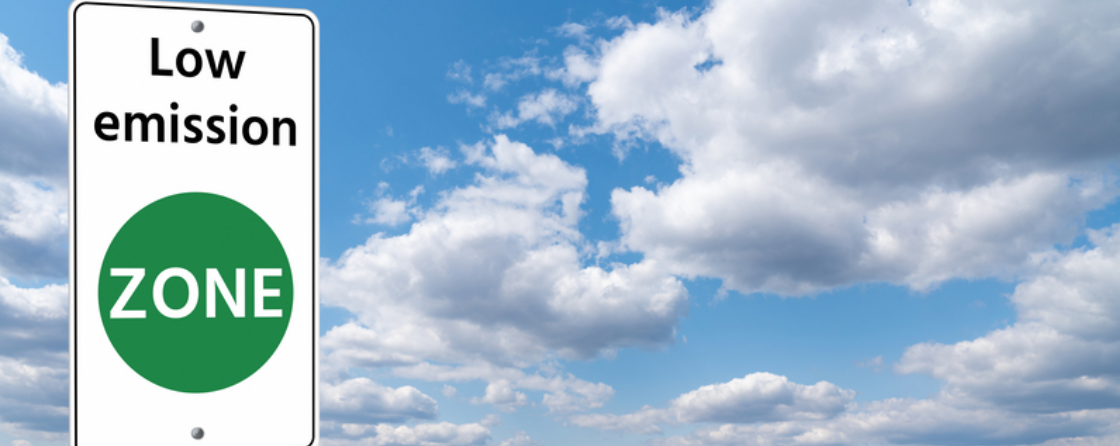Op-eds by CPR Faculty:
- Paris climate deal: Trump is on wrong side of history, science, politics and planet: Lavanya Rajamani writes in Live Mint.
- Trumping the climactic exit: Navroz Dubash writes in The Hindu.
- Trump knocking down the Paris Agreement: Shyam Saran writes in The Tribune.
- Reflections on the US withdrawal from the Paris Climate Change Agreement: Lavanya Rajamani writes in EJIL: Talk.
- Keeping civil society at bay hurts climate redressal prospects: Manju Menon and Kanchi Kohli write in DNA
- Is There A Need For A Paris Agreement Between Governments And Citizens?: Shyam Saran on United Nations India’s blog.
- Trump’s Toxic Announcement on Climate Change: Navroz Dubash writes in Economic & Political Weekly
CPR Faculty quoted in media and TV:
- As Trump Exits Paris Agreement, Other Nations Are Defiant, The New York Times.
- India, Once a Coal Goliath, Is Fast Turning Green, The New York Times.
- Trump rethink on Paris Climate Accord a dark cloud on horizon, The Pioneer.
- As Trump Wavers on Climate Pact, Other Nations Are Defiant, The Commonwealth.
- Feeling the heat: How the US exit from Paris Agreement will affect India, Scroll.in.
- Donald Trump quits Paris climate deal: Revenge for Conservatives, but experts divided, The Straits Times.
- It’s déjà vu for the world when it comes to US moving out of pacts, Economic Times.
- Trump Disses India On Climate Change, Gets It Wrong, Fact Checker.
- Climate pact: Shifting onus on China, India unfair, say experts, Times of India.
- Donald Trump Backs Out Of Paris Agreements: What Does This Imply?, Business World.
- Expert: India should become a leader in the implementation of the Paris agreement, Russia News Today.
- NDTV Left, Right, and Centre (featuring Navroz Dubash and G Parthasarathy)
- BBC World News (featuring Navroz Dubash)
Ending months of speculation, President Donald Trump finally announced that the US would withdraw from the 2015 Paris Agreement on Thursday, 1 June, 2017. In his remarks he offered several reasons for his decision to withdraw. Lavanya Rajamani explains in an interview below:
What were the reasons President Trump cited in support of his decision to withdraw?
President Trump offered the following reasons, among others, for withdrawing the US from the Paris Agreement. In his view, the Paris Agreement:
- ‘inflicts severe energy restrictions’ on the United States
- ‘punishes’ the United States ‘while imposing no meaningful obligations on the world’s leading polluters,’ and is thus ‘unfair, at the highest level’ to the United States
- imposes ‘draconian financial and economic burdens’ on the United States
- ‘redistributes wealth’ out of the United States through the Green Climate Fund, obliging the US to pay ‘billions and billions and billions of dollars’
President Trump also argued that exiting the agreement ‘protects the United States from future intrusions on the United States’ sovereignty and massive future legal liability.‘
How valid were the reasons President Trump cited?
There is little validity to the reasons President Trump cited to withdraw from the Paris Agreement. First of all, President’s Trump’s remarks on the Paris Agreement bear little resemblance to the architecture of the Agreement, revealing a disturbing lack of knowledge of the Agreement he rejected. A fundamental defining feature of the Paris Agreement is the extent to which it privileges and protects sovereignty and national autonomy. The Paris Agreement allows every country to choose its own ‘nationally determined’ contribution (NDC), and it does not legally oblige Parties to achieve these contributions. There is a good faith expectation of achievement but no legal obligation to achieve. The Paris Agreement thus does not inflict or impose any commitments on Parties – neither the US nor India and China. Each Party chose, as did the US, a nationally determined contribution that it believed best reflected its national constraints, circumstances and priorities. It is precisely because these contributions are nationally determined rather than internationally negotiated that there is a yawning gap between the sum of Parties’ NDCs and the collective emissions reductions needed to place us on a pathway to ‘well below 2°C’.
Second, since contributions are nationally determined, and the architecture of the Agreement is facilitative, the Paris Agreement does not impose a prescriptive burden sharing arrangement on states. Every contribution is unique, and differentiates itself from every other contribution by virtue of its ‘nationally determined’ nature. Although parties’ NDCs are expected to reflect their common but differentiated responsibilities, the extent to which an NDC reflects common but differentiated responsibilities is also self-determined. If at all there is any perceived ‘unfairness’ in relation to the US, it stems not from an internationally prescribed burden sharing arrangement – the Paris Agreement contains none – but the ‘nationally determined’ contribution chosen by the previous US administration of its own volition. It is worth noting that the US NDC – an economy-wide target of reducing its greenhouse gas emissions by 26- 28 per cent below its 2005 level in 2025 – has been assessed by some to be ‘the least ambitious end’ of what would be a fair contribution.
Interestingly, while President Trump’s remarks were baffling in the context of the Paris Agreement, they were apt and indeed reminiscent of arguments made by President George W. Bush, in relation to the Kyoto Protocol. President Bush had argued at the time that the Kyoto Protocol, which contains a prescriptive binding ‘targets and timetables’ approach for developed countries, ‘exempts 80% of the world, including major population centers such as China and India, from compliance, and would cause serious harm to the US economy.’ The Paris Agreement represents a sea change from the Kyoto Protocol, but the US rhetoric rejecting these two agreements plays the same tune.
Third, in line with the facilitative approach of the Paris Agreement, the Agreement neither ‘imposes’ any new financial burdens on the US nor ‘redistributes’ wealth through the Green Climate Fund. Developed countries are required to provide financial resources to developing country Parties but this is ‘in continuation of their existing obligations under the Convention’ (Article 9.1). Developed countries are also required to continue to take the lead in mobilizing climate finance (Article 9.3). The decision accompanying the Paris Agreement captures an agreement to continue the collective developed countries’ mobilization goal through 2025, and to set before 2025, a ‘new collective quantified goal from a floor of USD 100 billion per year’ (decision 1/CP.21, para 53). But this new goal is not restricted to developed countries. As for the Green Climate Fund, it currently has 10.3 billion$, both developed and developing countries have voluntarily contributed to it, and it is subject to transparency safeguards, leaving little doubt about where and how GCF resources are being spent.
Finally, it is unclear what the source of President Trump’s concern over ‘massive future legal liability’ is in relation to the Paris Agreement. Since the Paris Agreement does not contain binding obligations of result in relation to the NDCs, if the US fails to meet its NDC, it cannot be subject to compliance or enforcement procedures, which in any case have yet to be finalized. On the contrary, the US lays itself open to potential legal claims in international fora by rejecting the Paris Agreement, and failing to demonstrate ‘due diligence’ in preventing transboundary environmental harm as required under customary international law.
President Trump asserted that the US would ‘begin negotiations to re-enter either the Paris accord or a really entirely new transaction on terms that are fair to the United States, its businesses, its workers, its people, its taxpayers.’ How, if at all, can the US do this?
No nation can unilaterally renegotiate the Paris Agreement. The Paris Agreement is a product of several years of painstaking negotiations, and it represents a carefully balanced and nuanced compromise between nations with diverse interests. The Agreement as it stands can accommodate the US.
It is unclear what terms, President Trump, wishes to renegotiate, and with whom. If it is the stringency of the US NDC, as it appears, this was not internationally prescribed or negotiated but unilaterally determined by the previous US administration. If it is the overall architecture of the Paris Agreement, then this would entail going back to the drawing board. Even if there were any appetite to renegotiate the Paris Agreement among the rest of the states, which there is not, it is unclear what is to be renegotiated, and to what end. Further, even if the Paris Agreement were to be renegotiated, the US could not hope to get a better deal. The highly skilled US negotiators managed to achieve all their fundamental objectives in the Paris negotiations. NDCs are self-determined. There are no binding obligations of result in relation to NDCs. And, there is no prescriptive burden sharing arrangement in the Agreement.
When will US withdrawal take effect? And, what role will US negotiators play in the Paris ‘rule book’ negotiations in the meantime?
The Paris Agreement only permits a state to withdraw three years after the Agreement enters into force for that state; the withdrawal takes effect a year later (Article 28). The US will thus remain a Party to the Paris Agreement until atleast 5 November 2020. During this time, they can technically continue to participate in the ongoing climate negotiations. However, arguably, given President Trump’s remarks, and the drastic funding cuts to environmental programs in the US, the US may not invest time in preparing submissions or send sufficient representation to the ongoing negotiations. Even if they do so, they will be politically marginalized, and unlikely to exert any influence on the Paris ‘rule book’.
Can the US re-enter the Paris Agreement at a later date? If so, how?
There is no legal impediment to the US re-entering the Paris Agreement at any point after its withdrawal takes effect. The US will need to deposit its instrument of ratification, acceptance or approval, and thirty days thereafter the Agreement will enter into force for it (Articles 20 and 21). The real challenge with re-entry is not legal but political. Given President Trump’s misleading remarks, there is a danger that the Paris Agreement, like the Kyoto Protocol, will be demonized in American popular consciousness, making later re-entry politically challenging. Further, the longer the US stays out of the Paris Agreement, the more the regime will evolve without American influence, and the harder it will be for the US to accept it.



